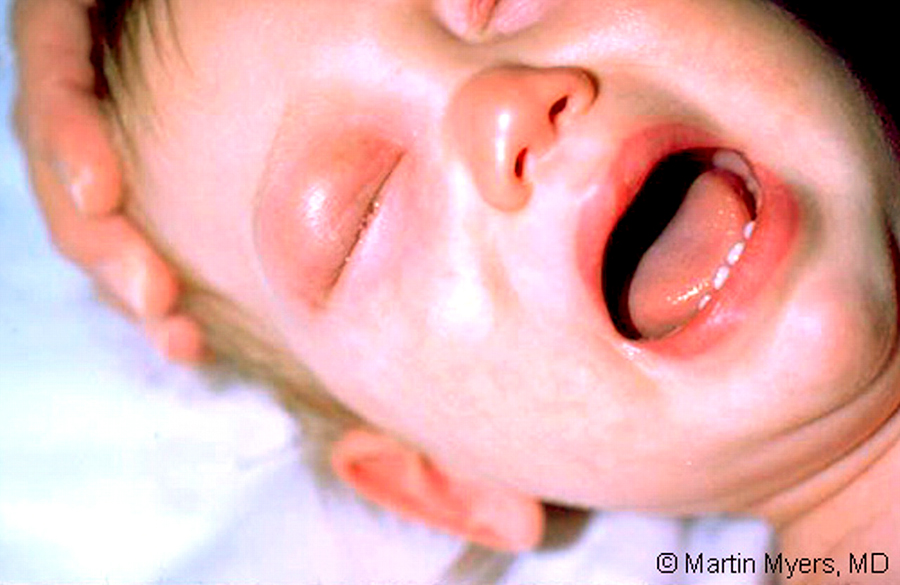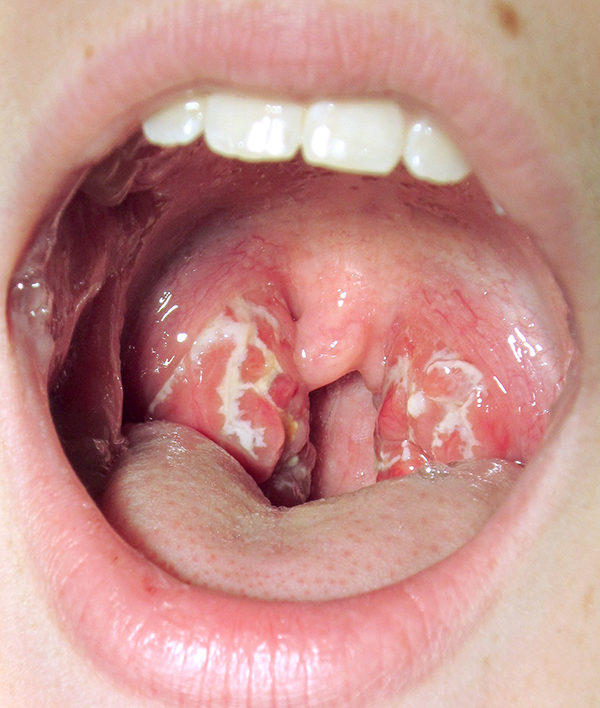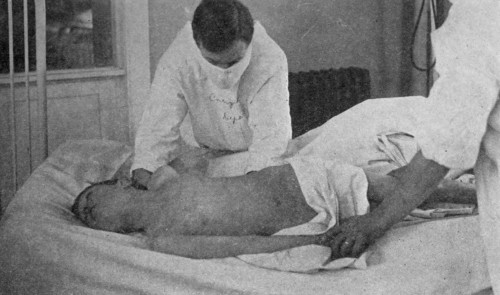Child Diseases Parents Should Know – Part 7
Looking back, it’s a fairly daunting list of child diseases we’ve been talking about in this series; but, a small ray of light shines when you realize that these days nearly all of the deadly ones have a vaccination to prevent them – if we choose to use it.
Additionally, because most of them are either viral or bacterial infections it means that, to some extent, they are preventable by parenting about proper hygiene – such as hand washing with soap and water for at least 20 seconds, not putting unclean hands and things in the mouth, covering mouths with elbows when coughing, etc..
An 11-yo boy with meningitis
The diseases we’ve talked about so far have been: Part 1, Croup and Bronchiolitis; Part 2, ear infections and “glue” ear; Part 3, Hand, Foot and Mouth Disease, Conjunctivitis and Fifth Disease; Part 4 Rotavirus and Kawasaki Disease; Part 5, Chickenpox, Measles, Mumps and Rubella; and Part 6, Diphtheria, Pertussis and Tetanus.
Still More Child Diseases For Parents To Know About
Meningitis, Sore Throat and Scarlet Fever
Today it’s back to some diseases which are much more common and you could more easily run across.
Meningitis
This disease absolutely needs to be in this list, it’s not something to gloss over and knowing about it will change the way you analyze symptoms and make your children safer as a result. I have had a full article about it in draft form for several months but really should list the symptoms here now even before it’s published.
Meningitis is an infection (inflammation) of the meninges, the tissue surrounding the brain and spinal cord; and, yes it’s as bad as it sounds. The infection can be caused by several different kinds of bacteria and even viruses so the first major step is in diagnosing its causative agent.
Well, actually the FIRST step is becoming suspicious that the illness is more serious than the “flu” which can hit pretty hard. In infants and young children a parent must rely on the fact that the child is “more sick” and “getting sicker faster” and “isn’t right for even when they’re ‘normally’ sick.” They can look like they’ve got the “flu” or an “ear infection” or “pink eye” or “bruising” etc. – except they seem “sicker.”
 Baby with meningitis caused by Hemophilis Influenzae☞ A bulging soft spot (fontanel) and being difficult to awaken means: “go to the ER NOW.”
Baby with meningitis caused by Hemophilis Influenzae☞ A bulging soft spot (fontanel) and being difficult to awaken means: “go to the ER NOW.”
☞ A fussy sick kid who then begins quietly moaning and becomes more complacent means: “Henry go warm up the car we’re meeting the doctor at the hospital!”
☞ A kid with a “cold” and a fever who develops even a few petechiae, tiny splinter-like rash (ruptured capillaries), needs to be seen “yesterday, before they got that kind of rash.”
☞ A fever with a stiff neck or pain on raising their legs is meningitis until proven otherwise!
Adults, teens and older children can act the same way but more often complain of a headache, vomiting, fever and stiff neck. Diagnosis is usually made with a lumbar puncture, before or after the child is admitted to the hospital, which also gives clues (and cultures) that will direct immediate treatment if needed.
If it’s being caused by a bacteria, we have a “cocktail” of antibiotics that can be started even before the real “bug” is identified. If it’s being caused by a virus, antibiotics won’t help but luckily the disease is usually more mild and with less serious consequences – and the hospital is the best place to be.
The best way to prevent meningitis is by ensuring that vaccinations are up to date because we do now have immunizations to prevent a couple of the common causes of meningitis.
Sore throat
 Sore throat (pharangitis) caused by StrepI’m not sure what to say about sore throat because it’s so commonly caused by so many things and these days is rarely with long term consequences.
Sore throat (pharangitis) caused by StrepI’m not sure what to say about sore throat because it’s so commonly caused by so many things and these days is rarely with long term consequences.
I say “these days” because a sore throat was once a terrible premonition of a life-long debility – Rheumatic Fever (also see below).
The common cold viruses, pollution and allergies can all produce a sore throat, but also “strep” and other bacteria can too; so, how does a parent know when to call the doctor?
Colds and allergies most often also give symptoms in the nose, eyes and chest – on the other hand, with “Strep” the main concern is throat pain, difficulty swallowing and sometimes pus in the back of the throat. Fever in a cold is usually low-grade and short-term; but, with “Strep” it’s often higher and longer.
If there’s a rash, the Strep rash is usually tiny little dots that feel raised like sandpaper; virus rashes are usually flatter and more diffuse, allergies don’t cause rashes (at least the ones like we’re talking about).
Seek medical advice if there’s pain or difficulty swallowing, excessive drooling, a rash, pus in the back of the throat or if fever is particularly high or lasts longer than three or four days.
Scarlet fever
If a disease has been around long enough to have a number, which Scarlet Fever has, you know it’s a very, VERY big deal. Second Disease, as it was known, accompanies a strep throat with a bright red, strawberry looking tongue and often a light red, rough rash between 12 – 48 hours after the fever.
I’ve written more fully about this in a previous post about Second Disease; but, the thing is, if the body is required to fight this disease off by itself it makes antibodies which can lead to Rheumatic Fever – a significant heart malady.
– – 0 – –
We’ve now nearly covered most of the “core” diseases that parents should know about. Part 8 will clearly put us on the home stretch, see you then.
11 Posts in Childhood Diseases (childdiseases) Series
- Part 10 - Lyme - Allergies – 9 Oct 2014
- Part 9 - Impetigo - Influenza – 1 Oct 2014
- Part 8 - Polio - MRSA – 23 Sep 2014
- Part 7 - Meningitis - Scarlet Fever – 11 Sep 2014
- Part 6 - Diptheria - Tetanus – 3 Sep 2014
- Part 5 - Varicella - Rubella – 18 Aug 2014
- Part 4 - Rotavirus - Kawasaki's – 10 Aug 2014
- Part 3 - Hand, Foot, Mouth and Fifth disease – 29 Jul 2014
- Part 2 - Otitis, Glue ear – 21 Jul 2014
- Part 1 - Croup, Bronchiolitis – 17 Jul 2014
- Childhood Diseases Parents Should Know: Intro/Index – 15 Jul 2014

